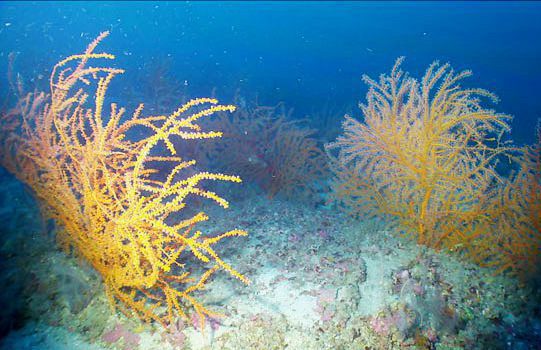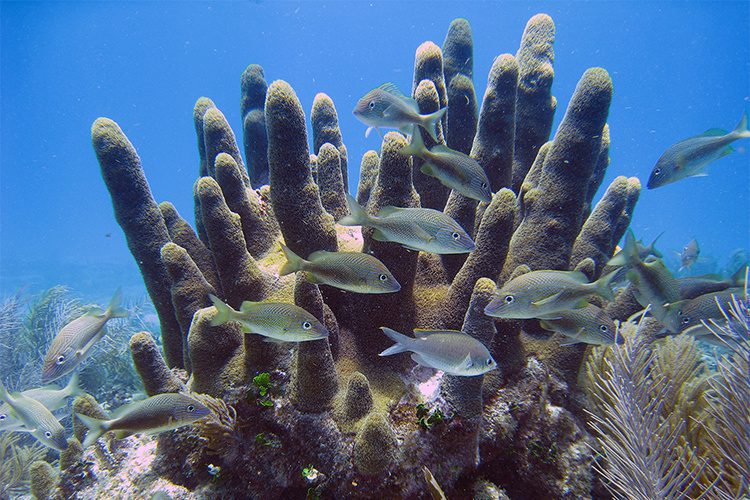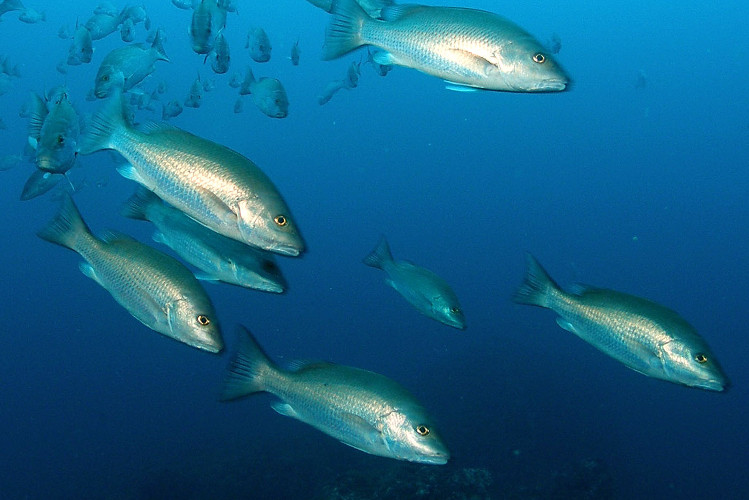In September 2014, NOAA Fisheries published a federal register notice that listed seven coral species as threatened under the Endangered Species Act. The Council is collaborating with NOAA to host and maintain the ESA corals database in our coral portal. If you want to know where the corals are in the Gulf Of Mexico, check… Continue Reading ESA Coral Explorer
Management
Orange Sea Fans of the Deep
Orange sea fans (Swiftia exserta) or red polyp octocoral are a type of gorgonians that belong to the group of non-photosynthetic cnidarian species. These sea fans occur throughout the west Atlantic in fairly deep (e.g., 60 to 1600 feet) and nutrient-rich waters along coastal areas with moderate currents. Colonies are fan-shaped with orange to red stem… Continue Reading Orange Sea Fans of the Deep
Threatened Corals in the Gulf
Understanding what corals need to survive is crucial to protect and conserve them, particularly in this time of changing climate. Improved knowledge of coral life histories, vulnerabilities, and threats aids managers. Additionally, such information can help the Council provide feedback when asked to weigh in on research recommendations for areas, species, or fisheries. New information… Continue Reading Threatened Corals in the Gulf
Life History and Climate Change Impact to ESA-listed Corals
In September 2014, NOAA Fisheries published a federal register notice that listed seven coral species as threatened under the Endangered Species Act. Understanding life history and the effects of climate change on these species is crucial to protect them. This storyboard explores what life history means and why it’s important, how life history and climate… Continue Reading Life History and Climate Change Impact to ESA-listed Corals
Gray Snapper Management
Gray snappers (Lutjanus griseus aka mangrove snapper) are widely distributed from Florida to Brazil, the Caribbean, and the northern Gulf of Mexico. Juvenile and sub-adult gray snapper require seagrass habitats for nurseries and protection before transitioning into adults. Sudden decreases in access to red snapper (such as the reductions in season length from 2007 to… Continue Reading Gray Snapper Management





